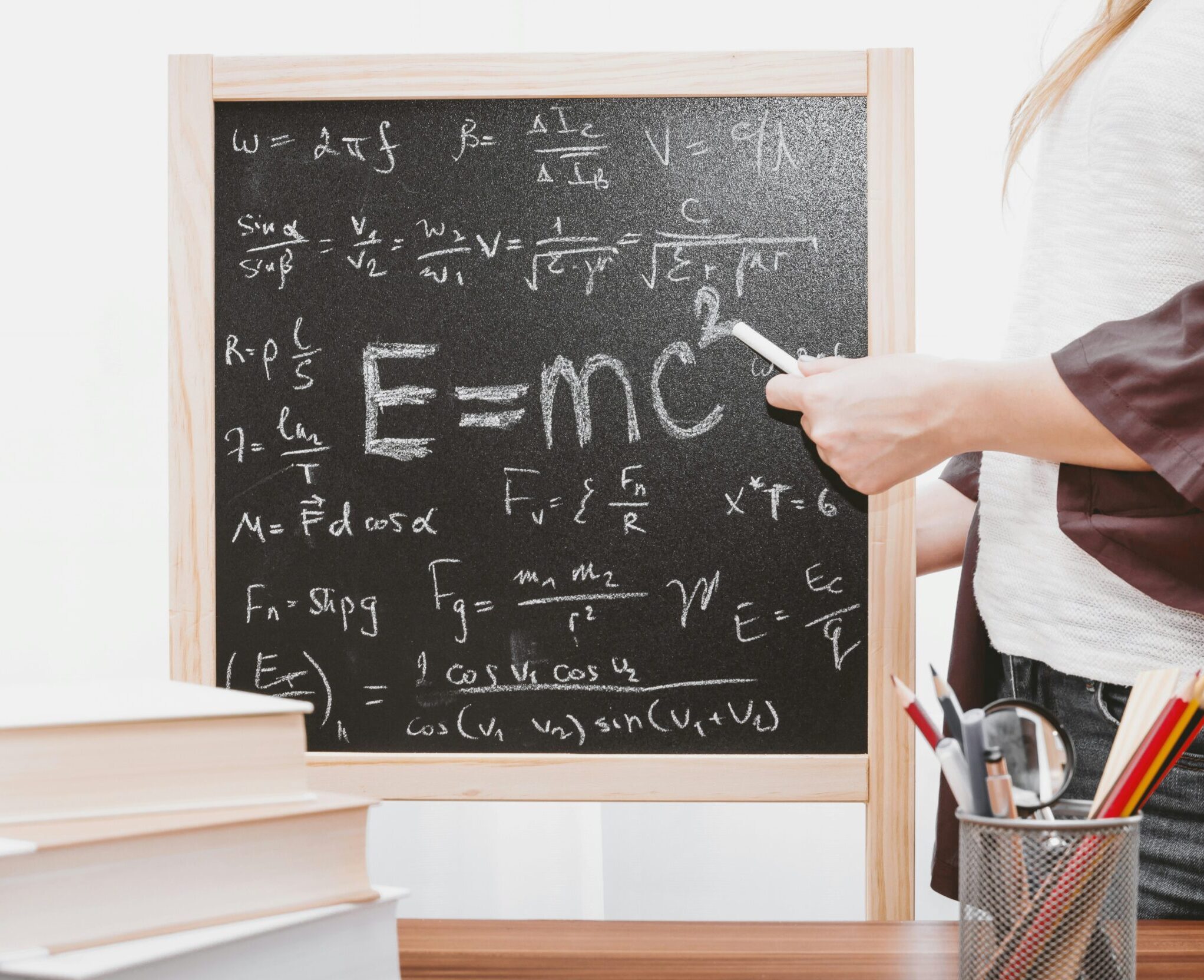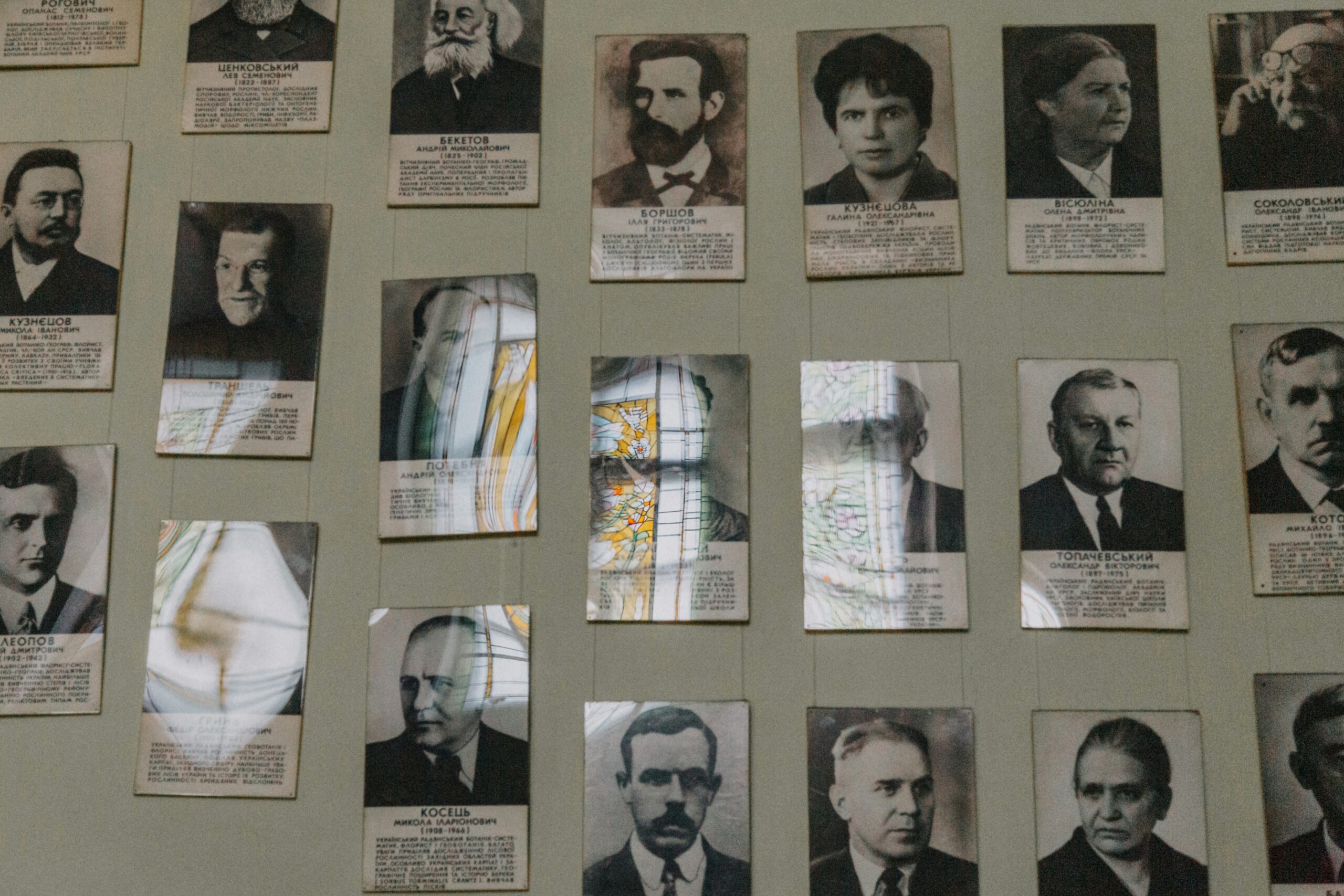Based on their nature and domain, along with key pioneers and examples:
1. Fundamental Branches (Core Pillars of Physics)
These form the foundation upon which other branches are built.
| Branch | Key Pioneers | Description | Example |
|---|---|---|---|
| Classical Mechanics | Isaac Newton, Lagrange | Motion of macroscopic objects under forces | Planetary orbits, projectile motion |
| Electromagnetism | Maxwell, Faraday, Ampère | Electric & magnetic fields and their interactions | Radio waves, electric motors |
| Thermodynamics | Carnot, Boltzmann | Heat, energy transfer, and entropy | Steam engines, refrigerators |
| Quantum Mechanics | Planck, Schrödinger, Heisenberg | Behavior of particles at atomic scales | Lasers, semiconductors |
| Relativity | Einstein, Minkowski | Space-time, gravity, and high-speed motion | GPS time correction, black holes |
2. Classical Physics (Pre-20th Century)
Branches established before quantum theory and relativity.
| Branch | Key Pioneers | Description | Example |
|---|---|---|---|
| Optics | Huygens, Fresnel | Behaviour of light and lenses | Microscopes, fiber optics |
| Acoustics | Chladni, Helmholtz | Sound waves and vibrations | Musical instruments, ultrasound |
| Fluid Dynamics | Bernoulli, Euler | Motion of liquids and gases | Airplane aerodynamics, weather systems |
| Statistical Mechanics | Boltzmann, Gibbs | Linking microscopic particles to bulk properties | Gas laws, phase transitions |
3. Modern Physics (Post-1900, Revolutions in Physics)
Branches emerging from quantum theory and relativity.
| Branch | Key Pioneers | Description | Example |
|---|---|---|---|
| Nuclear Physics | Rutherford, Curie | Structure and reactions of atomic nuclei | Nuclear power, radiotherapy |
| Particle Physics | Feynman, Gell-Mann | Fundamental particles and forces | Higgs boson, Large Hadron Collider |
| Condensed Matter Physics | Landau, Anderson | Properties of solids and liquids | Superconductors, transistors |
| Quantum Field Theory | Dirac, Feynman | Uniting quantum mechanics & relativity | Antimatter, quantum electrodynamics |
4. Applied Physics (Real-World Applications)
Physics principles applied to technology and industry.
| Branch | Key Pioneers | Description | Example |
|---|---|---|---|
| Medical Physics | Marie Curie, Rosalyn Yalow | Physics in medicine | MRI, X-rays, radiation therapy |
| Photonics | Charles Kao | Light-based technologies | Fiber-optic communication, lasers |
| Nanotechnology | Feynman, Drexler | Manipulating matter at atomic scales | Nanochips, targeted drug delivery |
| Cryogenics | Onnes, Kapitsa | Ultra-low temperature phenomena | Superconducting magnets (MRI) |
5. Astrophysics & Cosmology (Space & Universe)
Study of celestial objects and the large-scale universe.
| Branch | Key Pioneers | Description | Example |
|---|---|---|---|
| Astrophysics | Hubble, Chandrasekhar | Physics of stars, galaxies, and black holes | Hubble Telescope, neutron stars |
| Cosmology | Einstein, Lemaître | Origin and evolution of the universe | Big Bang theory, dark energy |
| Exoplanetary Physics | Mayor, Queloz | Planets beyond the solar system | Discovery of habitable exoplanets |
| Space Physics | Van Allen, Parker | Sun-Earth interactions and solar wind | Auroras, satellite communications |
6. Earth & Environmental Physics
Physics applied to Earth systems and climate.
| Branch | Key Pioneers | Description | Example |
|---|---|---|---|
| Geophysics | Wegener, Lehmann | Earth’s structure and seismic activity | Earthquake prediction, oil exploration |
| Atmospheric Physics | Bjerknes, Lorenz | Weather and climate systems | Hurricane tracking, climate models |
| Environmental Physics | Arrhenius, Tyndall | Physics of ecosystems and pollution | Greenhouse gas effects |
| Hydrology (Fluid Earth Systems) | Darcy, Bernoulli | Water movement and distribution | Flood prediction, groundwater flow |
7. Emerging & Theoretical Fields
Cutting-edge and speculative branches.
| Branch | Key Pioneers | Description | Example |
|---|---|---|---|
| String Theory | Witten, Susskind | Particles as vibrating strings | Theoretical “theory of everything” |
| Quantum Computing | Feynman, Deutsch | Computing using quantum bits (qubits) | Google’s quantum supremacy |
| Chaos Theory | Lorenz, Mandelbrot | Unpredictable dynamic systems | Weather forecasting, stock markets |
| Metamaterials | Pendry, Smith | Engineered materials with unique properties | Invisibility cloaks, superlenses |
8. Specialized & Interdisciplinary Fields
Physics overlapping with other sciences.
| Branch | Key Pioneers | Description | Example |
|---|---|---|---|
| Biophysics | Crick, Franklin | Physics in biological systems | DNA structure, protein folding |
| Econophysics | Fama, Mantegna | Physics applied to economics | Stock market crash predictions |
| Archaeophysics | Libby, Renfrew | Physics in archaeology | Carbon dating of ancient artifacts |
| Biomechanics | Borelli, Fung | Mechanical principles in biology | Prosthetic limbs, sports science |
Summary of Classification
- Fundamental: Core theories (QM, Relativity, EM).
- Classical: Pre-modern physics (Optics, Acoustics).
- Modern: Post-quantum/relativity (Nuclear, Particle).
- Applied: Tech/industry uses (Medical, Photonics).
- Astro/Cosmo: Space & universe studies.
- Earth/Env: Climate, geophysics.
- Emerging: String theory, quantum computing.
- Specialized: Cross-disciplinary (Biophysics, Econophysics).
This taxonomy helps clarify how physics branches interrelate and evolve! Physics is a vast discipline, encompassing numerous fields that impact our understanding of the universe and technological advancements. Whether studying the tiniest particles or the vast cosmos, physics continues to shape the future of science and innovation.















